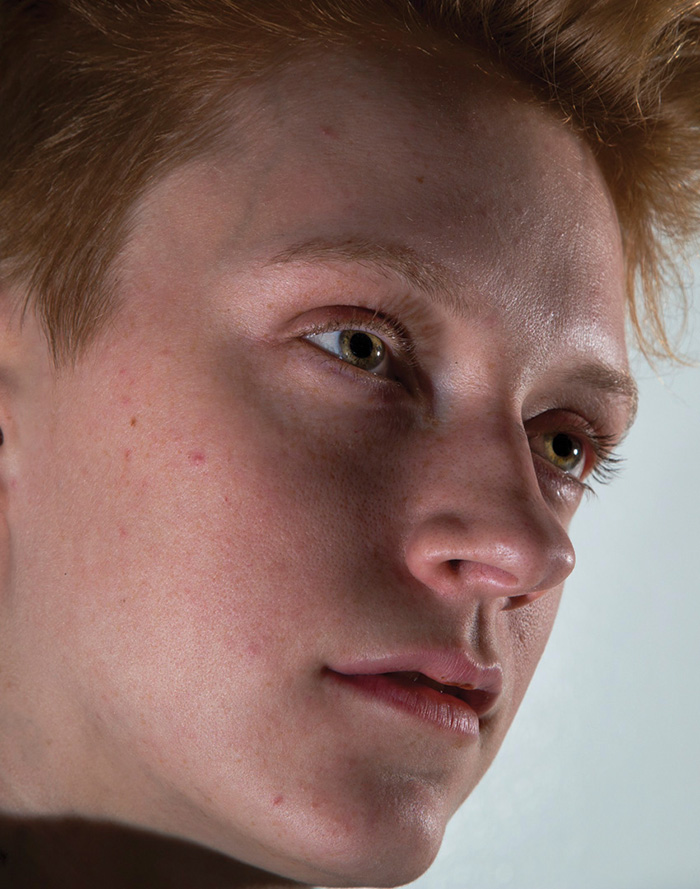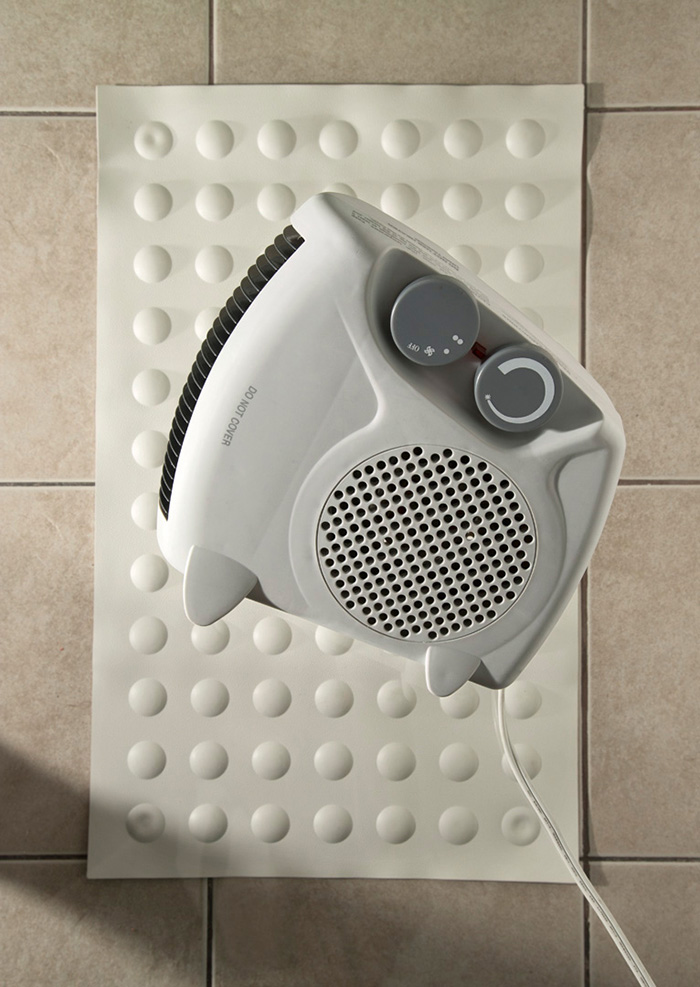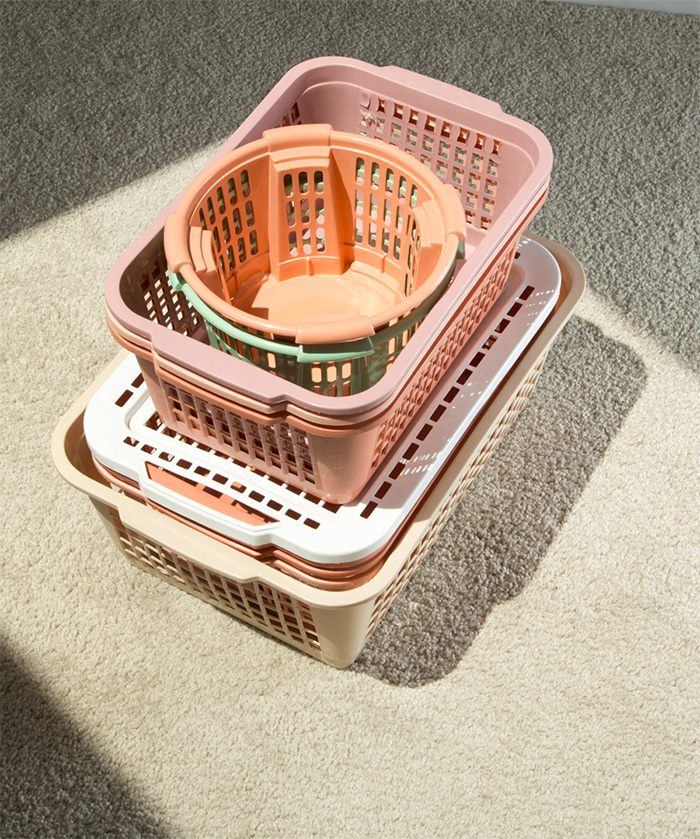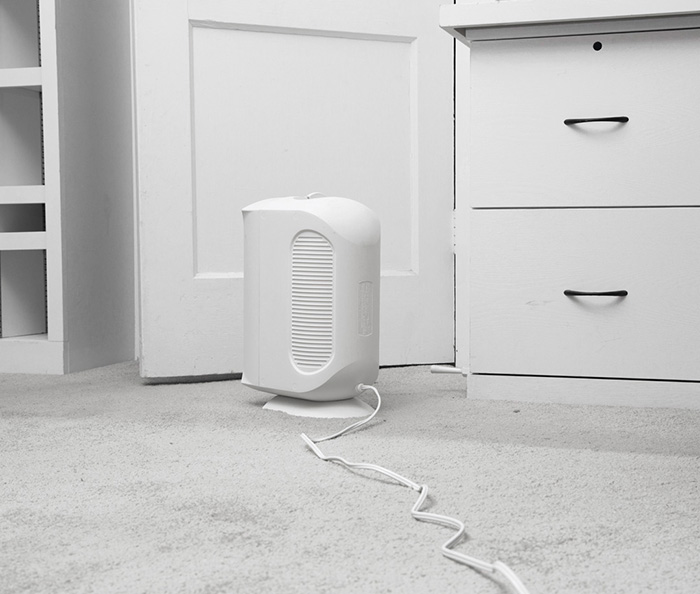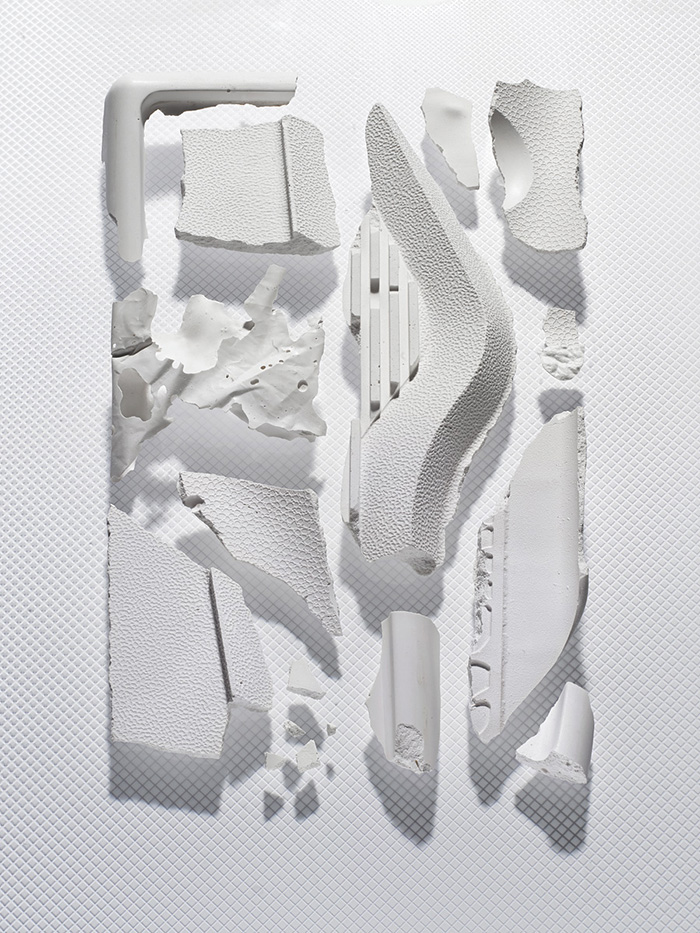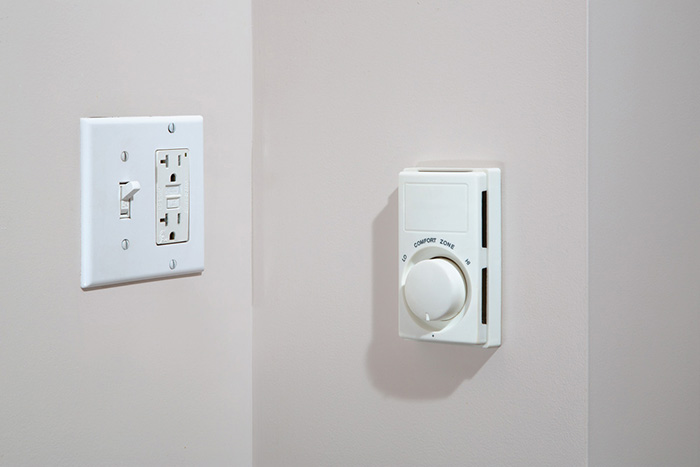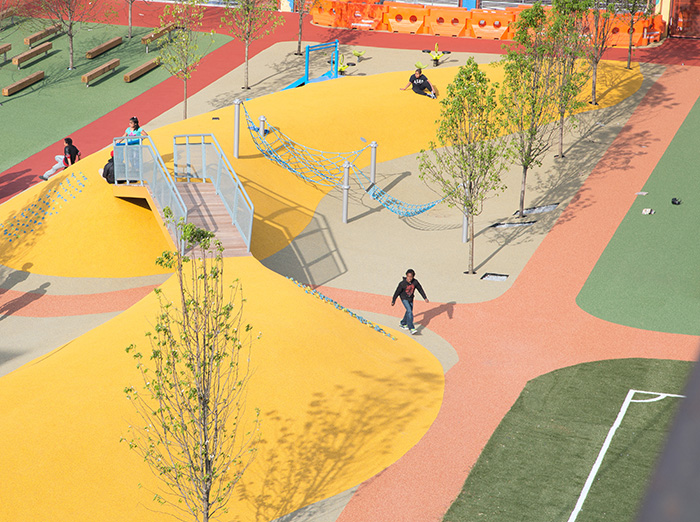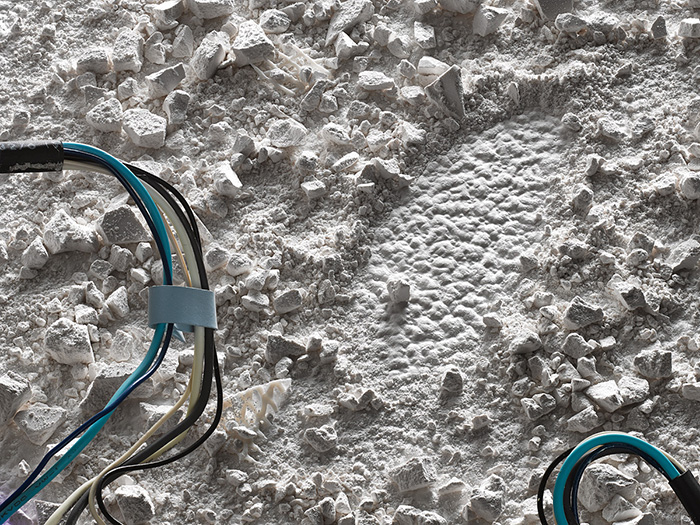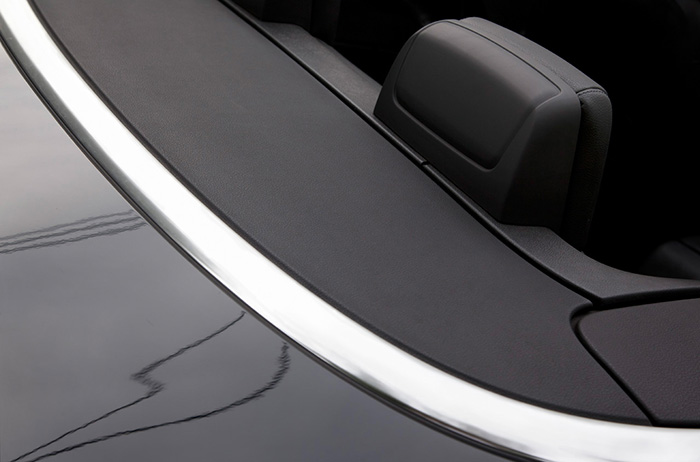Interview: Luke Libera Moore
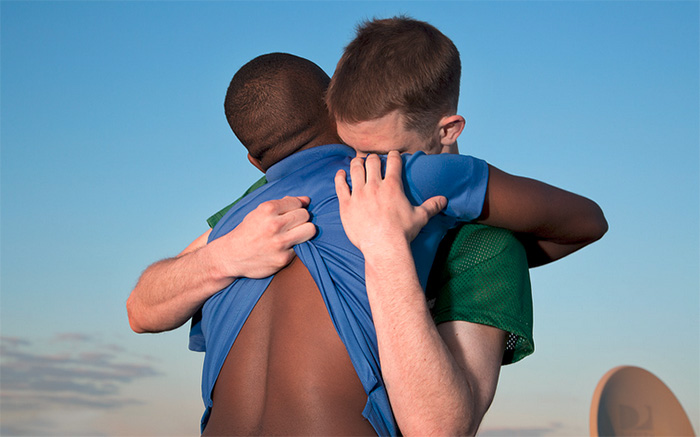
The aim is to create an imaginary document that highlights the most important attributes of the object (often these are inanimate objects, as in the best tradition of still life). Light is always consciously and effectively disseminated.
Born in 1990 and raised in rural Upstate New York, Luke Libera Moore graduated from Cooper Union with highest honors in 2012; he lives and works in NYC. Upcoming projects include a publication begun by Kyle Laidig, tentatively called The Subject; a survey of the discontents of late capitalism.
Domenico De Chirico: Currently, almost everyone has some knowledge of digital manipulation. With this in mind, how do you believe one can define the medium of photography today?
Luke Libera Moore: I can sympathise with a compulsion to define and designate, it’s reassuring to think of some resolute ontology of the medium. It’s a nice idea and works for many things, but that doesn’t really seem to offer any practical or epistemic benefit in today’s accelerated image universe. I would define photography as any method in which light is the principal catalyst of image generation or mark making. For a second I thought that maybe we could draw the definitional dividing line at the point where collage starts to bleed in, but the two are fundamentally intertwined. People have been retouching photographs in some way or another since photography was invented – and more pointedly, that any claim to ‘photographic purity’ – some absolute truth of the medium – is fallacious at best, and fascistic at worst, not to mention the historically contingent nature of such proclamations.
One of my favourites, Henry Peach Robinson, would combine glass negatives, I think as far back as the 1840’s, like in his famous picture Fading Away, which I believe combined several exposures of actors with one of an actual cadaver. And even knowing this I still consider, and always will consider this to be a photograph, its genetic structure, and its ‘mode of signification’, is entirely couched in the photographic. So all in all, I think the only definition of photography that I feel comfortable with is the very broad one I stated first. Any further fine-tuned distinctions seem to fall apart at the seams. This is not to say that the importance of judgment and qualification has evaporated. We can, do, and should still draw critical distinctions within this expanded field of photography, even if the borders are a bit fuzzy.
Being very young, how do you relate to traditional photography?
Do you mean in terms of technology or art history? Not that they are wholly separate…
Both technology and art history.
Well, I don’t feel any ‘Oedipal strife’ with the artists before me, that’s for sure. Recently there was a big contemporary painting show at MoMA called The Forever Now. I think that show was reasonably successful in exploring conceptions of history as cumulative or networked – as opposed to dialectical, I suppose. Critics have pointed out that this idea isn’t all that new, as this whole theme of atemporaility or post-history was central to a lot of discussions of postmodernism in the 70’s and 80’s. Nonetheless, I would say that many people my age, including myself, appreciate history as a source of insight and difference – though it’s important to avoid reducing the past to some kind of toy chest, or even worse, dissolving into nostalgia.
If one is a digital native, one ought to be habituated to archive swimming.
And as for technology, I am inspired by the evolution of apparatuses just as much, if not more than that of art history. Lately I’ve found myself drawing more inspiration from the anthropology, architecture, and histories of industrial design and production technologies.
Personally, I don’t really shoot film anymore. I used to insist on film, but when I was a sophomore in college, I found that being able to see my exposures immediately after capture allowed my experimentations to take off. I began shooting more liberally, making dozens – even hundreds – of alterations to single compositions before the lens. I also often prefer the visual flatness of digital photographs to the more atmospheric quality of film – at least for my own work. After embracing digital photography my process changed radically – and definitely for the better. Though I might like to buy a 4×5 in the next few years– I do faun over (and fetishise) high fidelity images.
In your work is there a prevalence of instinct or technique?
Are you thinking of ‘instinct’ and ‘technique’ as opposed to each other?
Yes, opposed to each other.
I can’t say if one trumps the other. They seem entirely codependent; technique is foundational but instinct generates propulsion and inquiry.
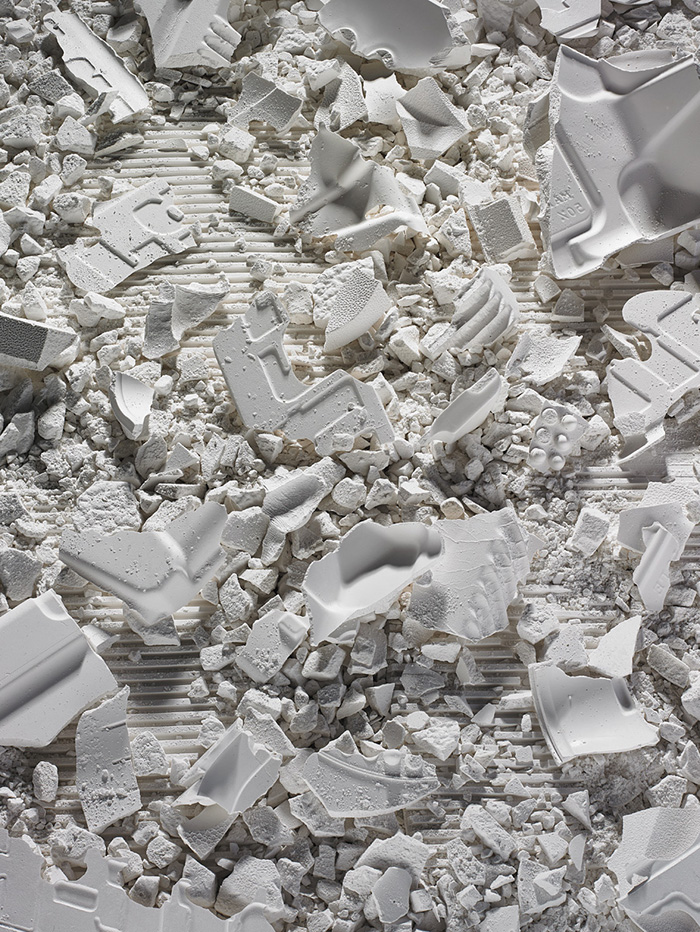
What prompted you to get closer to the themes of archeology?
Generally speaking, I think that the importance of art and design rests in their capacities to diagnose or chart the historically shifting status of being-in-the-world. I appreciate human-made things primarily as sociological descriptors – as artefacts – as the material condensations of culture, (more broadly, ‘intersubjective entanglements’) empirical or theoretical knowledge, evolving production technologies, etc.
I admit that there’s a fair amount of mysticism flowing through this notion. Then it’s also no secret that contemporary culture is pretty obsessed with apocalyptic scenarios. I am/ we are both products and perpetuators of this milieu.
Two winters ago (which was also a very snowy, i.e., white period in NYC) I started this photographic series of plaster cast assemblages, primarily because I wanted to make pictures that explore our own hypothetical ruins from the adopted point of view of some future being. That’s how it started at least; it began to absorb additional thematic concerns as the series progressed. And it’s still ongoing, so it keeps evolving.
For so long I shied away from making work that offered anything more than faint narrative implication. For some reason I feel like it was engrained in me that narrative is ‘bad’ or ‘pedestrian’. I’d like to divest myself of that notion – it offers nothing. Any semblance of narrative in these plaster works is still quite open-ended, but it definitely demands the suspension of disbelief more than most of my other work, which I am making simultaneously. We’ll see how it goes.
And how do you connect all these themes with your use of objects of mass consumption?
Mass produced goods often appear as subjects – that is, as characters in my work. Banal consumer goods, often domestic and utilitarian in nature, are our future relics, our ancestral pottery.
In selecting these characters, I typically gravitate towards objects that manifest the current status of technical knowledge – objects that declare their computationally: their mathematically mutable and infinitely reproducible morphologies. These forms strongly evince or emblematise the methods of their own production; the kind of objects that seem to announce themselves as that which has been cast, routed, vacuum formed, extruded etc. Apart from their industrial genesis, these forms suggest a contemporary metaphysics of matter, a state of thing-ness where objects are haunted by the legacy (or future) of their virtual wire mesh. This also implies an eerie sci-fi Platonism – some techno-Ideal.
In other words, I am drawn to these objects from two different vantage points; firstly, a prospective, historical view, because I believe that these forms will eventually typify our visual moment in history and its respective epistemologies. And secondly, from a metaphysical standpoint: I think that these forms quietly imply some kind of contemporary Sublime – some terrifying, cosmic grandeur glowing beneath it all.
I guess I take a rather Romantic if not fantastical world-view.
A third and less pressing aspect of my interest in these forms could be described in terms of commodity fetishism – which is definitely present in my work. But for now, I am tempted to over-simplify this and say that this element of desire is a historically contingent social relation to form.
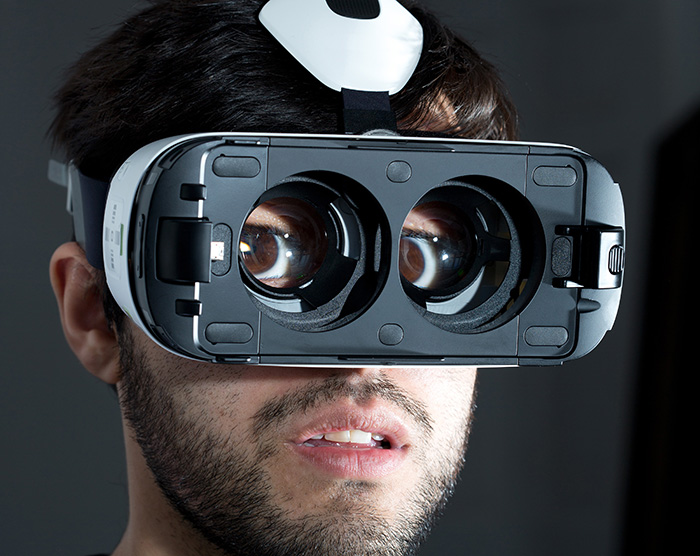
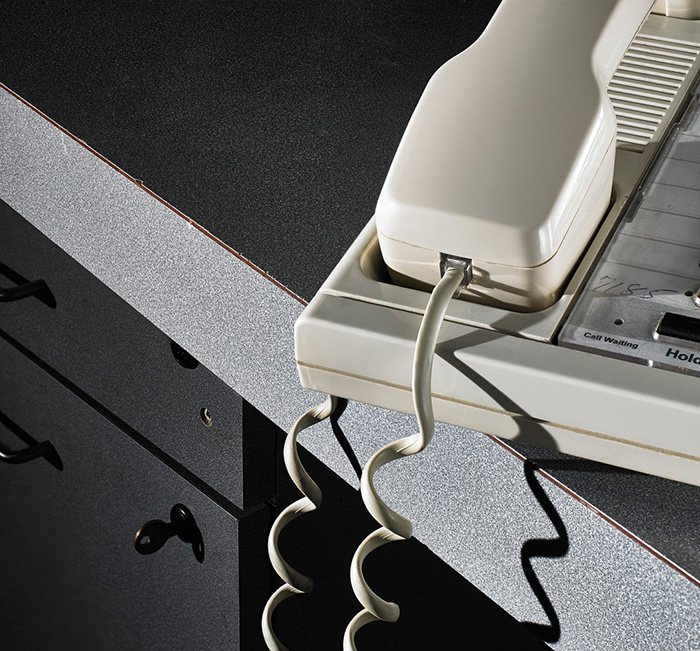
In your photographs, whatever the subject, there is always an exaltation of shapes and shadows. What is your relationship with sculpture?
Well, about half of the work I’ve made over the past 4 years follows the practice of ‘sculpture for the camera’. I used to make more actual sculptures, that is, three-dimensional objects that were displayed in the round. But I realised in college that I prefer to control the framing of these objects and more importantly, that I wanted these objects to exist necessarily out of reach. I wanted them to exist as components of a physically inaccessible world, kind of like the opposite of minimalist sculpture’s exaltation of phenomenology. I wanted to exalt the virtual, the unreal, the untouchable, I wanted the sensual tactility of matter to taunt the viewer from beyond the picture plane.
Heavy emphasis on formal qualities like depth/planarity and texture usually help to underscore the picture as impassable window.
If I asked you to compare yourself to a virtuoso painter of the past, whom would you name?
Hmmm – tricky. Maybe I’d like to be Pontormo? He kind of queered the 16th century, that is pretty cool. For as long as I’ve known of his paintings, I’ve always been struck by their smoothness, their plasticity, and their disquieting eroticism.
Is there anything you feel you want to explore in your future work?
In the short term I’m just excited to work outside more often – springtime is finally creeping into New York. I spend winters cloistered in my studio, then it gets warm and I remember what this incredible objectless joy feels like lol. For a period of time from mid-May through June, New York just beams with this ecstatic energy; it’s the most fantastic feeling.
This Summer I hope to travel and spend a good amount of time in the countryside, especially the Hudson River Valley – the region of New York State where I grew up. Of course I will be bringing all my photo gear – and when I work upstate I take advantage of the open air; I find myself shooting more tableaux or landscape works, as opposed to studio still life – though I was just thinking the other week how it might be worth trying a more ‘decisive moment’ approach while traveling. I thought it could be eye-opening to allow myself to let go of some control… just for a bit – then once autumn returns I can go right back to being obsessive, anti-social, and vitamin-D deprived, hovering over some table-top construction.
